| Columns Retired Columns & Blogs |
"Oh Yeah" .............. Yello :-) .............
I used DRA Labs' MLSSA system and a calibrated DPA 4006 microphone to measure the Focal Kanta No.2's frequency response in the farfield, and an Earthworks QTC-40 for the nearfield responses. All the measurements were performed without the grilles, other than the perforated metal screen over the tweeter. The Kanta No.2's voltage sensitivity is specified as 91dB(B)/2.83V/m; my B-weighted estimate was a little lower, at 89dB/2.83V/m, but this is still higher than average. Focal specifies the nominal impedance as 8 ohms. The impedance does stay above 8 ohms through the treble, and above 6 ohms in the low- and midbass regions. However, the Kanta No.2's impedance drops below 4 ohms between 80 and 180Hz, with a minimum magnitude of 2.97 ohms at 105Hz (fig.1). In addition, the electrical phase angle has an extremely high value between 70 and 90Hz, where the impedance magnitude is low. This speaker will work best with amplifiers comfortable with a 4 ohm load.
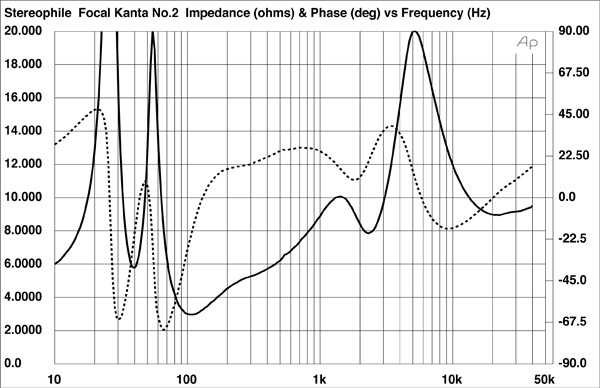
The traces in fig.1 are free from the small wrinkles that would imply the presence of cabinet-wall resonances. However, a number of low-level modes were present on all surfaces. Fig.2, for example, is a cumulative spectral-decay plot calculated from the output of an accelerometer fastened to the rear panel just above the port. Modes can be seen just above 100Hz, and at 469 and 617Hz, but these are all low in level, and shouldn't lead to any problems with sound quality.
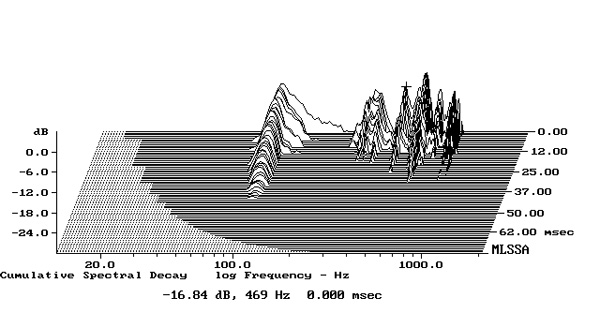
Although one port is on the front baffle and the other on the rear panel, they behaved very similarly. The summed output of the two ports is shown as the red trace in fig.3; it peaks in textbook fashion between 30 and 100Hz, and its upper-frequency rolloff is clean, other than some low-level energy between 250 and 400Hz. Higher in frequency, fig.3 shows the nearfield output of the midrange unit (green trace) and the summed nearfield outputs of the two woofers (red); the woofers behave identically. The minimum-motion notch in the woofers' output occurs at 41Hz, coinciding with the ports' peak output. The black trace below 300Hz shows the complex sum of the nearfield drive-unit outputs, taking into account amplitude and phase. The broad peak in the midbass will be mostly due to the nearfield measurement technique, which assumes that the drive-units are mounted in a baffle that extends to infinity horizontally and vertically.
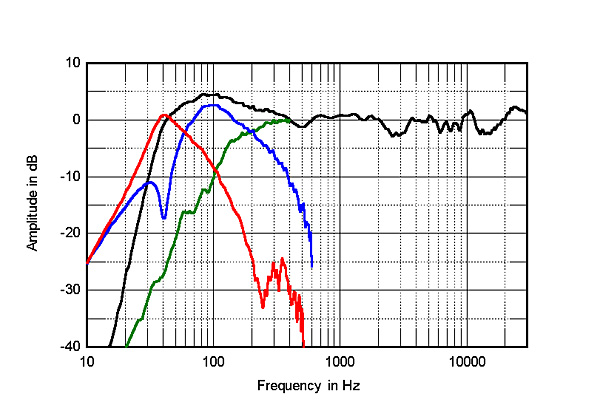
Above 300Hz, and averaged across a 30° horizontal window centered on the listening axis, the Kanta No.2's response is very flat, other than a small suckout in the presence region. (It's likely that this suckout is the cause of my sensitivity estimate being 2dB lower than Focal's specification.) The plot of the Kanta No.2's lateral dispersion, normalized to the tweeter-axis response (fig.4), reveals that its midrange unit's radiation pattern is even and well controlled. However, the tweeter's dispersion between 5 and 8kHz is wider than it is in the octaves below and above, which might make the speaker sound a little bright in underdamped rooms. Then again, the tweeter is very directional above 10kHz, which might well make the speaker sound a bit lacking in top-octave air in large or overdamped rooms. In the vertical plane (fig.5), a suckout develops at the crossover frequency more than 10° above the tweeter axis. The tweeter is just 31" from the floor; owners of the Kanta No.2 might find it worthwhile to experiment with tilting the speaker back a little to get the optimal sound quality.
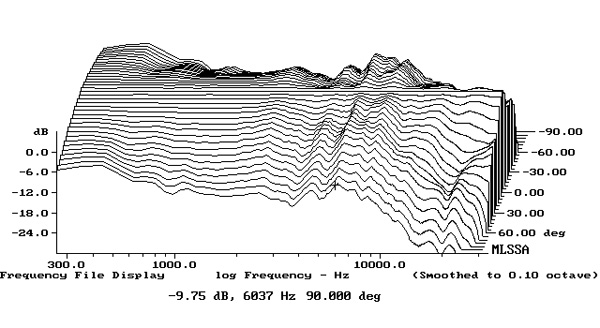
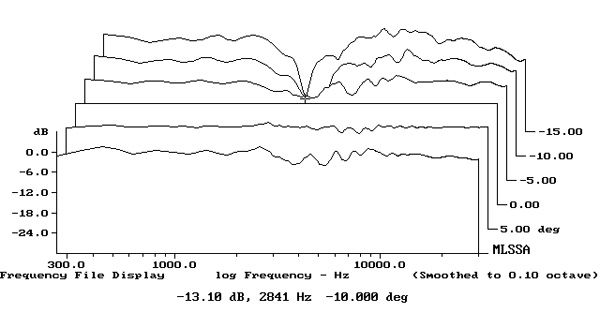
In the time domain, the Kanta No.2's step response on the tweeter axis (fig.6) reveals that its tweeter and midrange drive-units are connected in inverted acoustic polarity, the woofers in positive polarity. The decay of each unit's step blends smoothly with the start of the step of the next lower in frequency, implying optimal crossover design. There appears to be a small reflection 0.4ms after the arrival of the tweeter's step, but I see nothing in the Focal's cumulative spectral-decay plot (fig.7) that correlates with this.
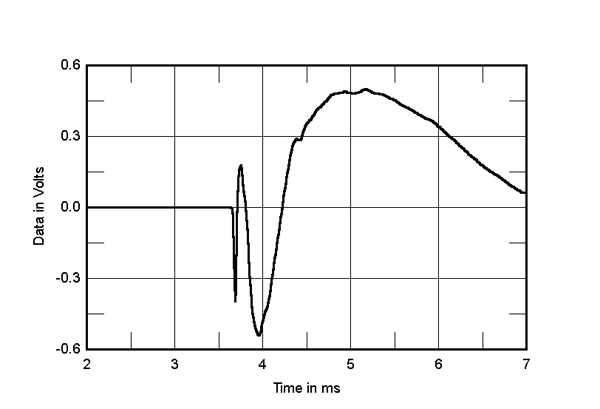
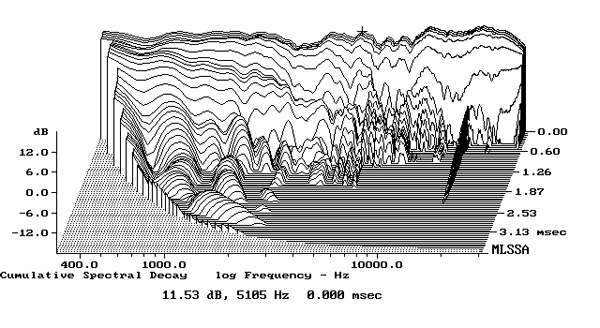
Overall, Focal's Kanta No.2 offers excellent measured performance; I'm not surprised that Robert Deutsch was impressed with its sound quality. And yes, I agree with him: this is a gorgeous-looking speaker.—John Atkinson

"Oh Yeah" .............. Yello :-) .............

I'll have that corny song in my head for at least the whole day.

Ok, how about "Desire"? .............. Yello :-) ...........

Since you made several comparisons to the larger Monitor Audio PL 300, I wonder, subjectively, how much deeper and/or better the Kanta No3's bass performance is than the Kanta No2. Especially considering there is only a $2k price difference.

I haven’t heard the Kanta No.3, so I can't say how its bass performance compares to that of the No.2. Sorry!
Bob